Learn about the seasonal changes in Korea.
Tips: Pack your suitcase with weather-appropriate clothing!
Hello everyone! We are K-ETA, a Korean travel information center that is updated by Korean people every day.
#Koreanreview #Koreatravel #Koreanweather #Koreanfashion
South Korea is another country in Asia that has four seasons. Be it spring, summer, autumn and winter.
This is considered a highlight of traveling in Korea because you can experience different weather conditions each month.
such as in the summer Temperatures can reach as high as 35 °C (95 °F) or in winter.
The temperature will drop below 0 °C.
This may not be suitable for traveling compared to spring and autumn when the weather is nice and suitable for dressing in different styles.
But when these two seasons have a relatively short period of time compared to summer and winter, many tourists Having trouble preparing clothes for a trip to Korea due to the changing weather conditions.
Therefore, K-ETA decided to write this post.
To guide you on what to bring and how to dress appropriately in Korea.
Prepare to take notes well! We'll make sure your packing is flawless!
1. Spring
- Month:March, April, May
- Average temperature:0 to 20 degrees Celsius

The last time it snowed heavily in South Korea was around February.
After that it will be spring. (Snow may increase slightly Depending on the weather during that time), Seoul will be colder for a longer period of time.
Although you don't need to wear a jacket.
But you still won't be able to ditch your long coat until April.
And you will be able to take off your regular jacket by the end of May.
Spring is a season that is not as cold and not as hot as summer, but overall the weather is cool and comfortable.
- Early spring: March - mid-April
- Attire: Long pants, jacket, blazer.
- Other suggestions: Keep your skin moisturized. There may be occasional rain in spring.
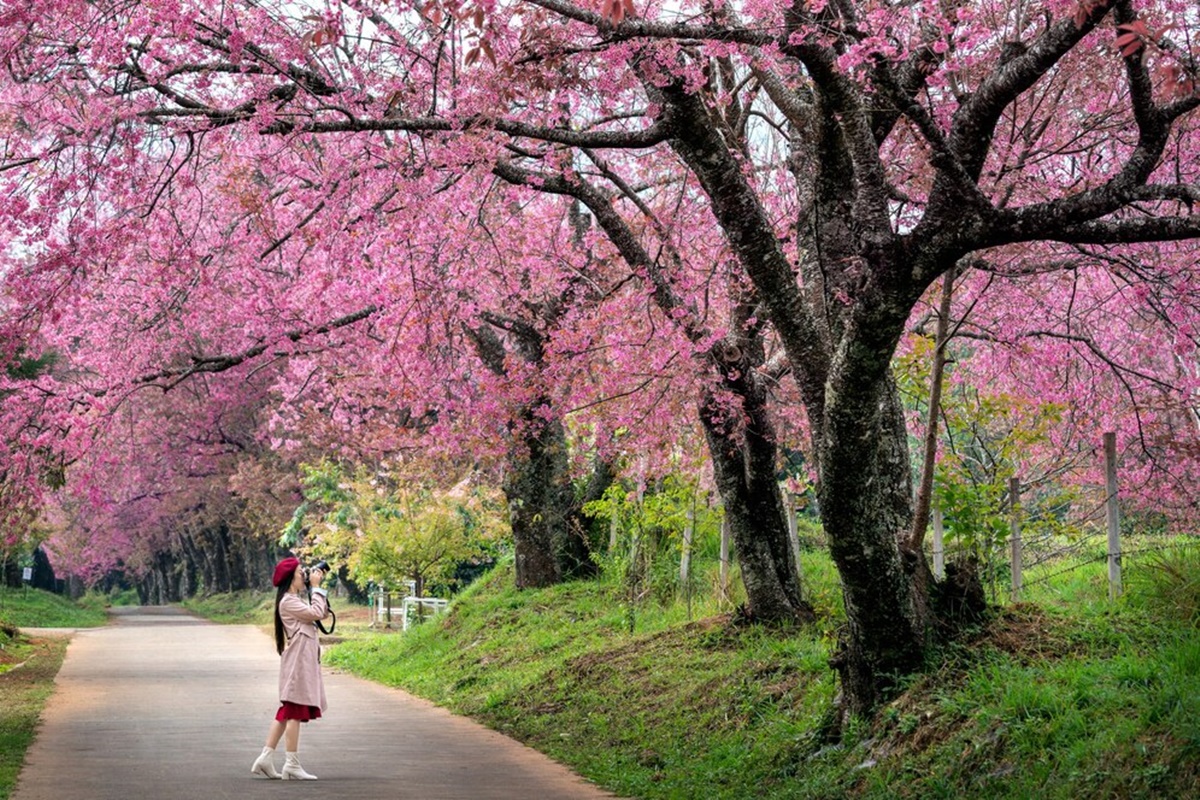
Temperatures in Seoul during March can reach as high as 12 degrees during the day.
But at night the temperature drops, so even though the weather isn't very cold these days, there's no need to wear them. Any long coat?
Wear only long pants and long sleeves. jacket and a thin coat It's enough to keep the body warm.
The highlight of spring in South Korea is the cherry blossoms!
Cherry blossoms begin blooming in Busan around the end of March and in Seoul in early April.
And this time will signal that it's time to take off your coat.
Administrators think that "the cherry blossom season" can be used as an official benchmark for spring. At that time, the weather will be warmer. So much and yet it is true spring.
- Korean Spring Season: Mid April - May
- Attire: Light long-sleeved shirts, shorts, light jackets.
- Other suggestions: There may be rain during spring.
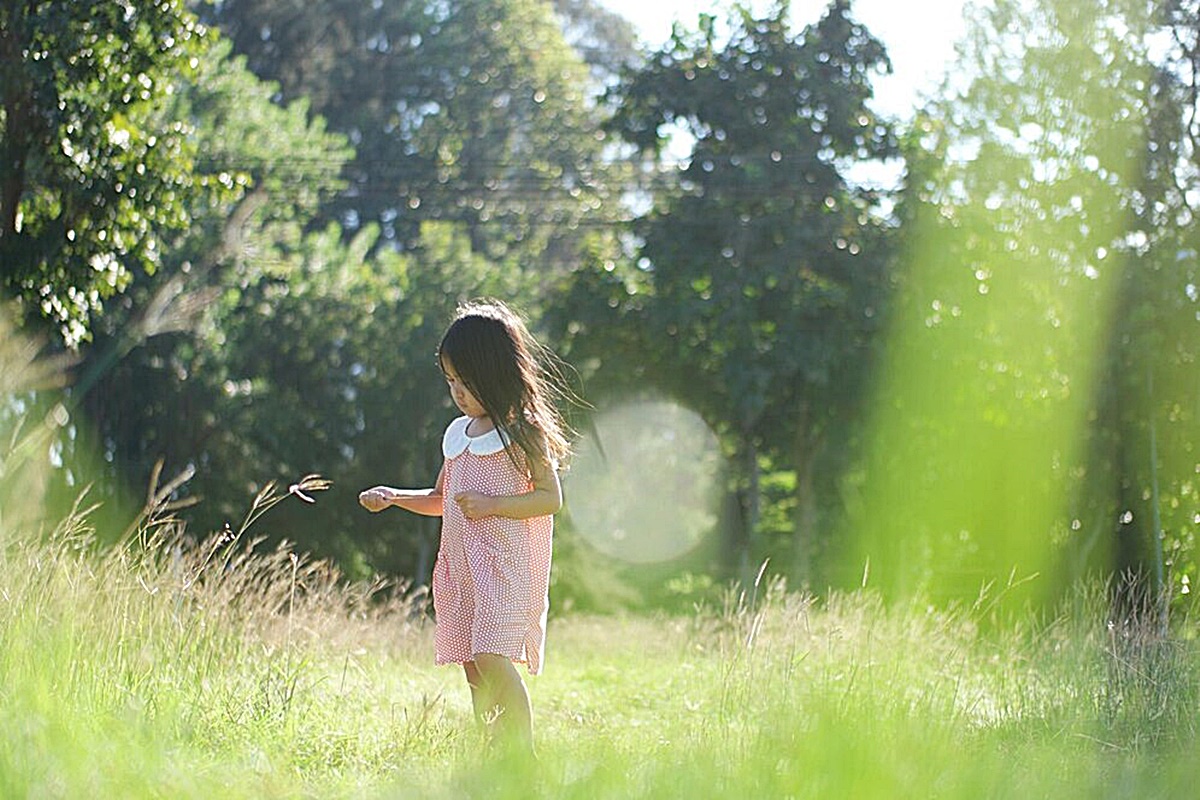
After the cherry blossoms fade, it's officially spring time.
At this time the temperature difference between day and night is quite large.
And it can easily make us catch a cold.
However, you can take off your coat and wear long dresses, sleeves (and light coats).
Those who aren't afraid of the cold can wear shorts.
Overall, the weather at this time will be most comfortable.
But the disadvantage is that it rains quite often.
and due to the severe weather conditions in recent years The amount of rain that falls in South Korea during the spring gradually increases.
extended until summer.
2. Summer
- Months:June, July, August and September.
- Average temperature:20 - 38 degrees Celsius
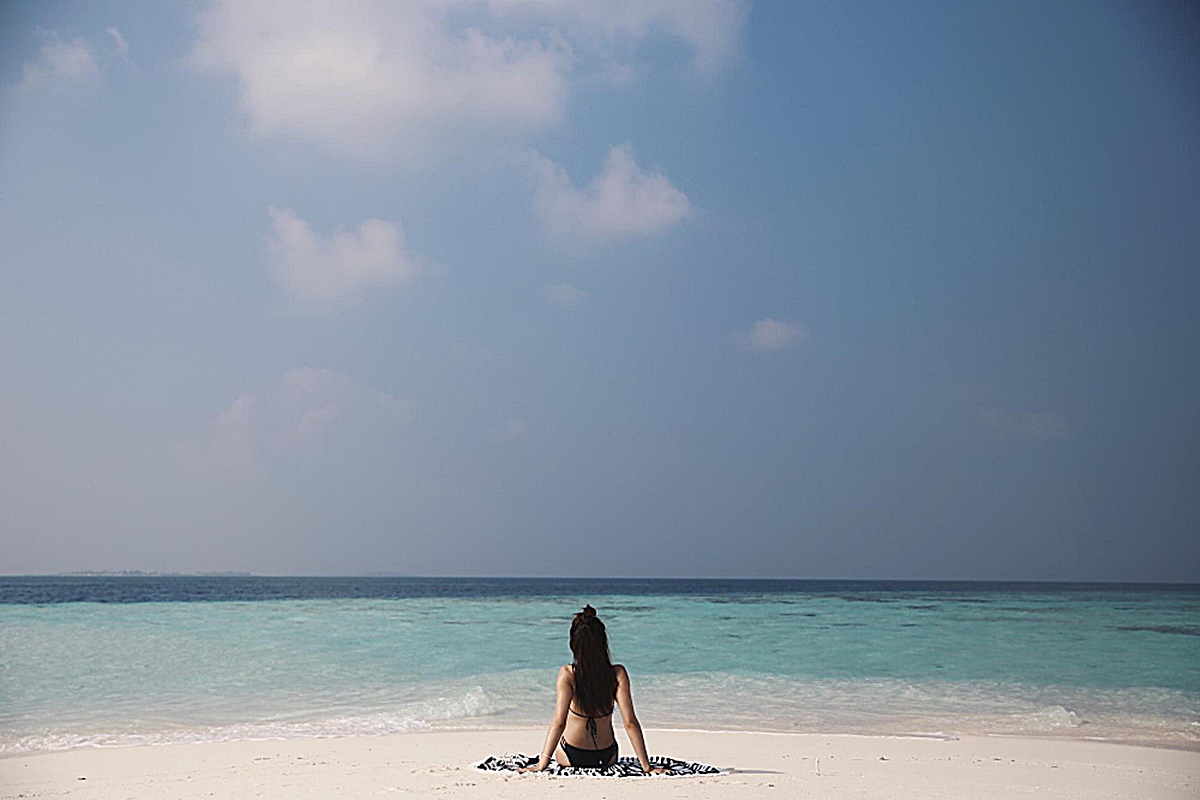
The weather in Korea starts to rise in May.
But the temperature in the first stage is still comfortable.
But mid to late June will enter the hot and slightly rainy season, so friends traveling to South Korea in the summer must remember to bring an umbrella or sandals so as not to spoil the experience of the trip.
From mid-July onwards, the "midsummer" period enters the traditional three-day Korean solar term.
"midsummer" is the hottest time of the year.
The first day of 2023 will be July 21, mid-season. The hot season will be on July 31st and the final day will end on August 10th.
- Early Korean summer: June - mid-July
- Attire: Short sleeves, shorts, light jacket.
- Other suggestions: Focus on applying sunscreen and carry an umbrella with you.
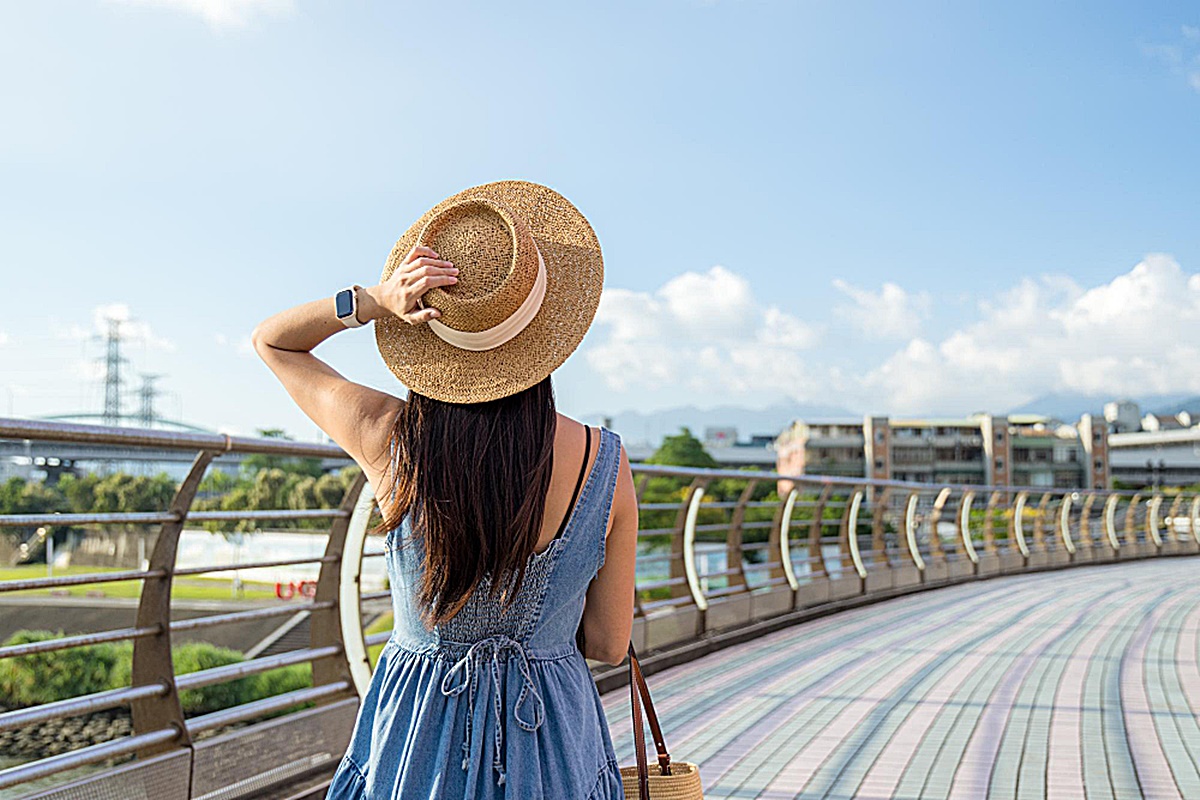
Weather and temperatures in South Korea remain comfortable until June.
But after that The weather can be so hot that you can barely remove a light shirt.
Before mid-July It's still the beginning of summer and it's easy enough to go out into the evening with just shorts and short sleeves.
But after the sun started to get hot High temperatures cause people to sweat profusely.
Even Koreans can't stand it, so summer resorts are full of tourists at this time and everyone hides in their homes or in shopping malls to escape the heat.
- Korean summer time: July - early September
- Attire: short sleeves, shorts
- Other suggestions: Focus on sun protection and carry an umbrella with you.
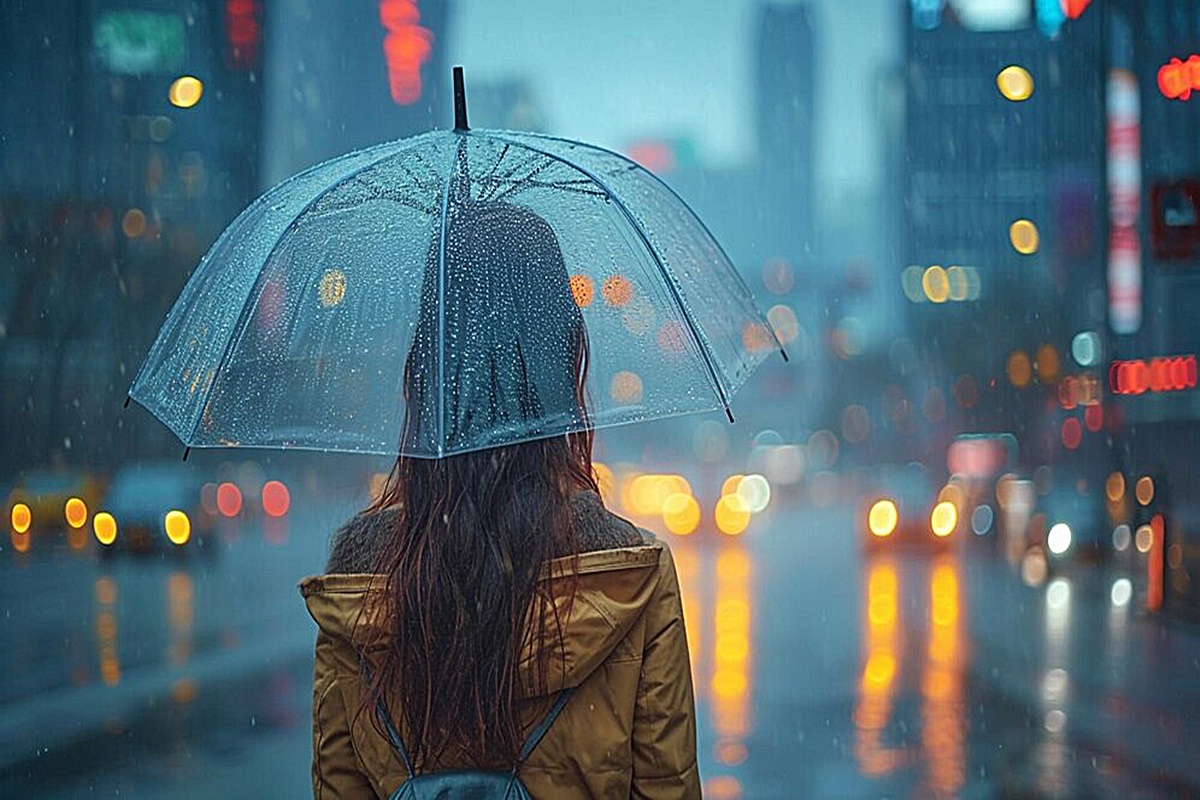
The midsummer Day just mentioned is the hottest time in South Korea.
And in the middle of summer in recent years South Korea will experience severe rainstorms and heavy losses and casualties.
Although you can enjoy ice cream in Korea during the summer, But the weather was really too hot to bear.
Especially in today's global warming and climate change.
Korean summer has also become a nightmare for many people.
3. Autumn
- Month:September, October, and November
- Average temperature:3 to 25 degrees Celsius

When entering September The temperature difference between day and night is very different, almost 30 degrees during the day.
But at night it drops to only about 15 degrees.
It is recommended to dress the same as in spring.
From October onwards South Korea will shift from north to south and temperatures will drop until around mid-November.
The highest temperature will be around 10 degrees and the lowest temperature will be 0 degrees.
At this time, it will not snow.
But the air will be dry and cool but not as cold as winter temperatures.
You just have to take care of your skin and keep it moisturized at all times.
- Early autumn in Korea: mid-September - late October.
- Attire: Short sleeves, shorts, light jacket.
- Other suggestions: Focus on moisturizing the skin.

due to global warming The rate of entering autumn in South Korea is therefore likely to slow down.
But in general After entering September Temperatures are not as bad as summer and at this time you can change into early summer clothes.
Or you can wear a thin, long-sleeved shirt.
and in the evening You can carry a light coat to avoid confusion.
If the temperature difference between day and night is too large (Seoul's temperature is nearly 30 degrees during the day. But at night it drops to 15 degrees)
But it is a comfortable climate suitable for tourism.
And the rain doesn't fall as easily as in spring.
This makes autumn a popular time to travel in Korea.
- Korean Autumn: Late October - November
- Dress code: Long-sleeved shirts, blazers, blazers.
- Other suggestions: Focus on moisturizing the skin.
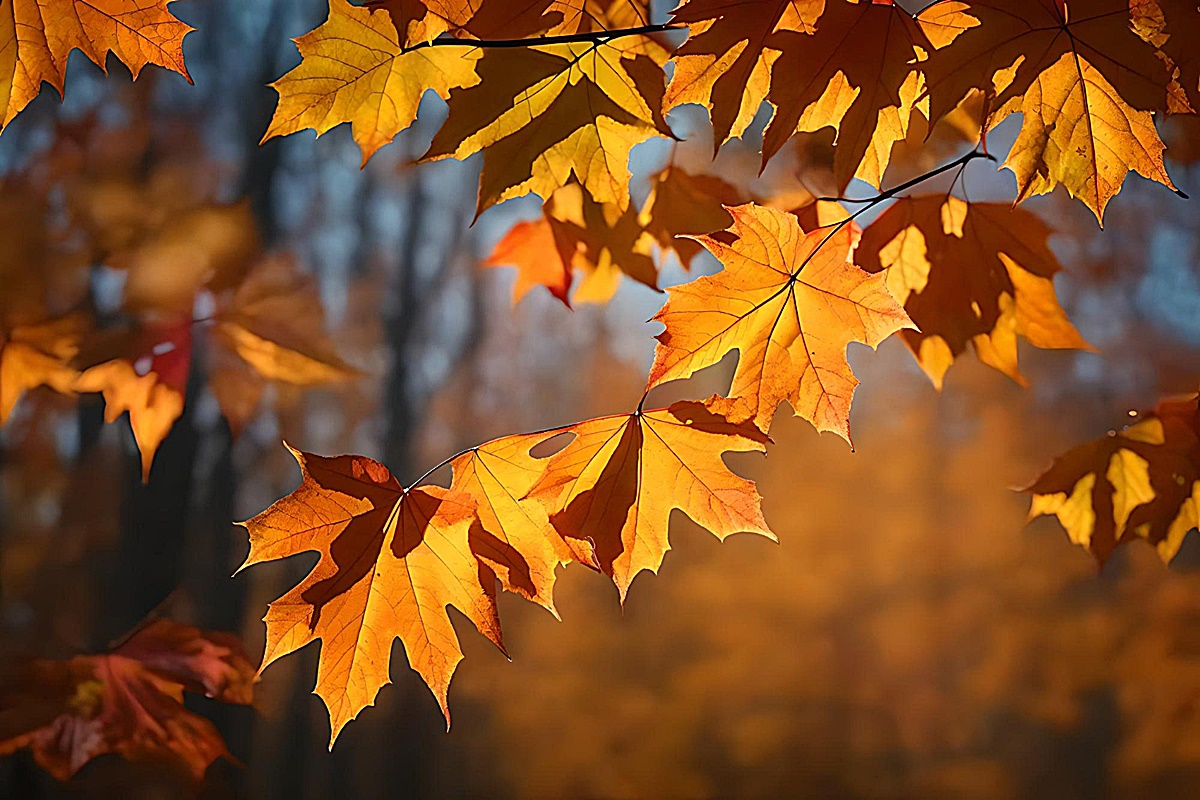
Starting from October onwards The temperature in South Korea will begin to drop.
Even if the weather is nice, you can wear shorts.
But if you wear a short-sleeved shirt, you will definitely be cold.
Overall the weather is cool.
At this time, it is mainly the season of leaves changing colors in South Korea.
The leaves of maple and ginkgo trees are turning a yellowish orange all over the mountains and valleys.
If you visit Korea during this time, you can see the beautiful autumn scenery when most of the maple leaves have fallen.
The fall and winter periods alternate, which may cause you to catch the flu.
During peak times like this Everyone who comes to Korea during this time, please don't catch a cold.
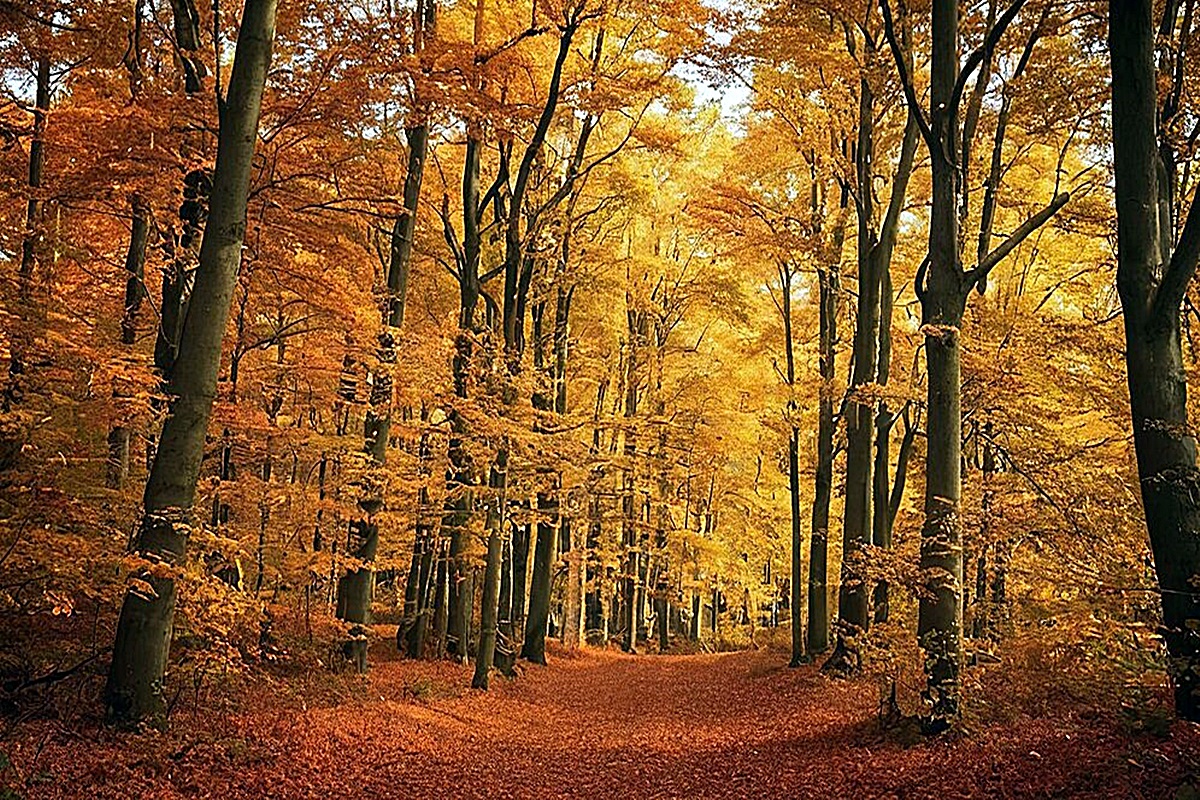
And in southern cities such as Busan, the leaves fall after October, which is a little later than Seoul.
For the first snow in Seoul There is a chance of snow falling in November.
But it will be in the second half of the year or even in December.
This also means that Seoul in November is like winter.
Maximum temperatures are in the single digits. and the lowest temperature may drop below zero degrees.
4. Winter
- Month:December, January and February
- Average temperature: can drop to -15 degrees Celsius

Seoul's winter season starts around the end of November.
While in southern cities like Busan it starts around the beginning of December.
Although some say the calculations are based on the first snowfall.
But due to the influence of global warming and severe weather conditions The estimated time of the first snowfall every year is therefore inaccurate.
And if you really want to see heavy snow in South Korea The best opportunity is from January to February.
And the large amount of cold water currents provided the opportunity to wipe out the Korean Peninsula at that time.
Although the bleak scenery is very beautiful, if you come to South Korea during this period, be careful of the extremely cold weather.
- Early Korean winter: Late November to December.
- Dress code: Long sleeve shirt, long pants, heavy coat, jacket.
- Other suggestions: Pay attention to moisturizing your skin.
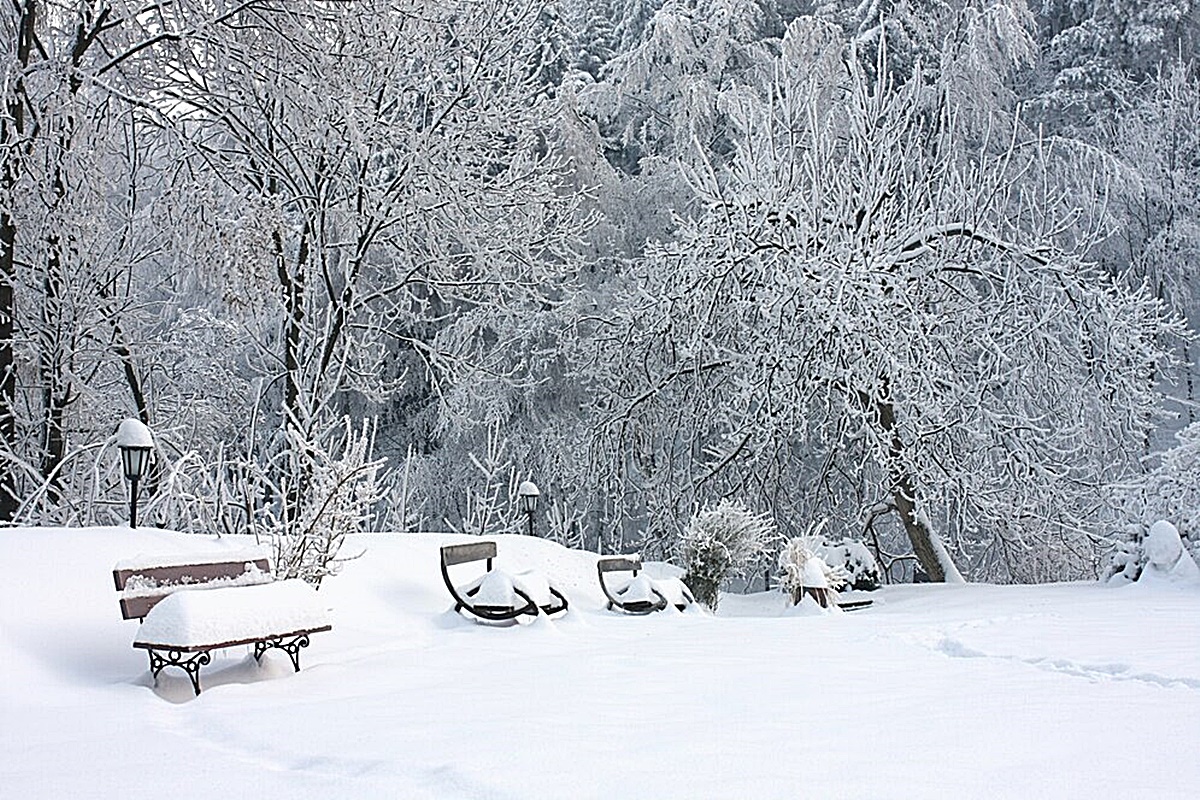
Before the end of December in South Korea The temperature will be below zero degrees.
If the weather is too dry, there may be a chance of snow falling. But if you don't moisturize your face and hands, you are likely to get injured and your skin may peel.
Therefore, it is recommended that when you come to Korea in winter, You have to be careful about staying hydrated and watch out for nosebleeds.
- South Korea's harsh winter time: January February
- Dress code: Long sleeve shirt, long pants, heavy coat, jacket.
- Other suggestions: Pay attention to moisturizing your skin, face, and hands.

From the end of December onwards Ski resorts in Korea will be open until January and February of the following year.
This is the coldest time in South Korea which is a great opportunity to see snow in Seoul.
The cities in the south of South Korea require a bit of a gamble if you want to visit them.
Due to Korea's changing weather conditions, everyone is covered with a large coat (onion type), and exposed parts such as hands and neck are covered with masks, scarves, gloves, or hats.
5. Weather/temperature each month
| December |
January |
February |
Winter
(first snow) |
Winter
(very cold) |
Late winter
(very cold) |
| March |
April |
May |
Spring
(slightly cool) |
Spring
(comfortable) |
Spring
(comfortable) |
| June |
July |
August |
Late spring
(warmer) |
Summer
(rainy season/very hot) |
summer
(hot) |
| September |
October |
November |
Late summer
(comfortable) |
Autumn
(cold) |
Early winter
(starting to get colder) |
- 27 degrees or higher (July and August): Sleeveless shirts, short sleeve shirts, shorts, sun protection, shade, small fan.
- 17 degrees to 27 degrees (May, June and September): Short-sleeved shirts and light cotton coats.
- 9 degrees to 17 degrees (April and October): long-sleeved shirts, trousers, light cotton coats, light jackets.
- 5 degrees to 9 degrees (March and April (in the evening) and November): thermal shirts, long-sleeved shirts, trousers, jackets and coats.
- 5 degrees to below 0 degrees (November (in the evening), December to February): Winter coat and skin cream.
6. Precautions for each weather condition
In summer,
you have to be careful with sun protection, heat stroke, and heavy rain.
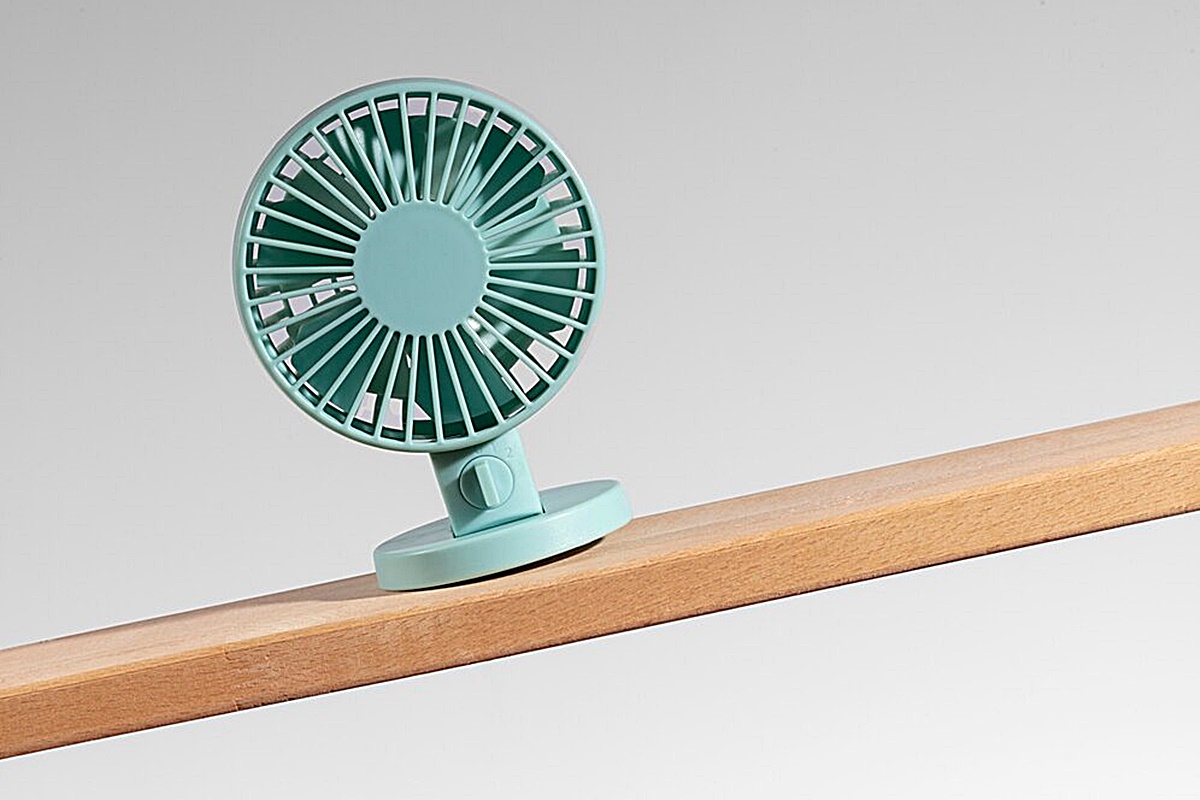
The weather in South Korea can be extremely hot in July and August.
and the humidity is very high Therefore, you must stay hydrated and protect yourself from the sun.
In the past few years South Korea's summer rainy season is full of heavy rain.
At this time, when you come to Seoul You also need to pay attention to the dangers caused by heavy rain.
In winter, pay attention to moisturizing and frostbite.
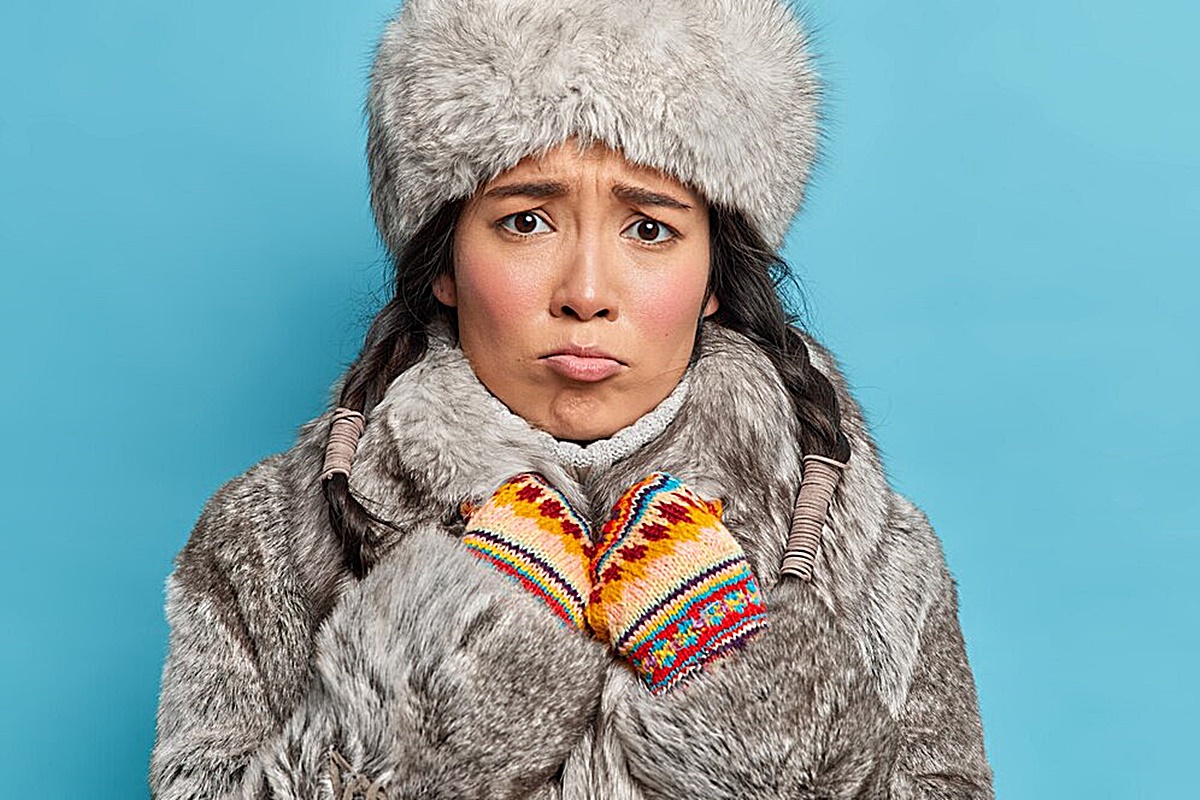
In winter, you have to remember to stay warm.
To allow the body to adapt to changes in indoor and outdoor temperatures.
You should mainly wear onion-style clothes.
at the same time You should pay attention to moisturizing your skin that is easily exposed to wind.
such as the face to avoid peeling and even frostbite caused by dryness of the skin.
Moreover, compared to how cold it is when it snows, Temperature in the 2 months before spring (When the snow melts) in Korea will decrease.
Therefore, be careful of the seasonal cold in spring and autumn.
Temperatures in South Korea are very similar in spring and autumn.
Normal temperatures are cooler. But for Koreans it is very comfortable.
But for foreigners, it may feel a bit chilly, and due to the temperature difference between day and night, one should be cautious of seasonal flu.
When you travel to South Korea As long as you remember South Korea in spring and autumn You should wear a parka that looks nice and keeps you warm, but in winter, you really need to be warm.
To survive the hot season, wear comfortable summer clothes.
Good heat dissipation.
Hello everyone who loves Korea!
You might already be craving for the beautiful nature and diverse culture of Korea, now is the time for you!
With K-ETA, you can now experience the beauty of the seasons in Korea.
Korea undergoes exciting changes every season.
In the most beautiful spring, you can see fields of bright pink flowers.
In summer you can swim in the cool sea or go hiking in the mountains. In autumn, you can go hiking in the mountains and valleys to admire the colorful leaves.
And in winter, you can go skiing or tubing, eat hot noodles, and experience the unique culture of Korea.
K-ETA will help you get permission to enter Korea conveniently and quickly.
You can easily apply online and the time period to receive permission is usually very short.
This saves you from the embarrassment of standing in long queues for entry into the country and can plan a more enjoyable trip.
K-ETA also helps you follow COVID-19 prevention measures.
of the Korean government and make your travel safer.
Safety instructions and clarifications can be found on the K-ETA website.
So, get ready to apply for K-ETA and come experience the beauty of the season in Korea!
It will definitely be a precious memory.
Thank you
If you need to register for K-ETA quickly, we're here to help, so click the apply button below to apply for KETAKOREA.